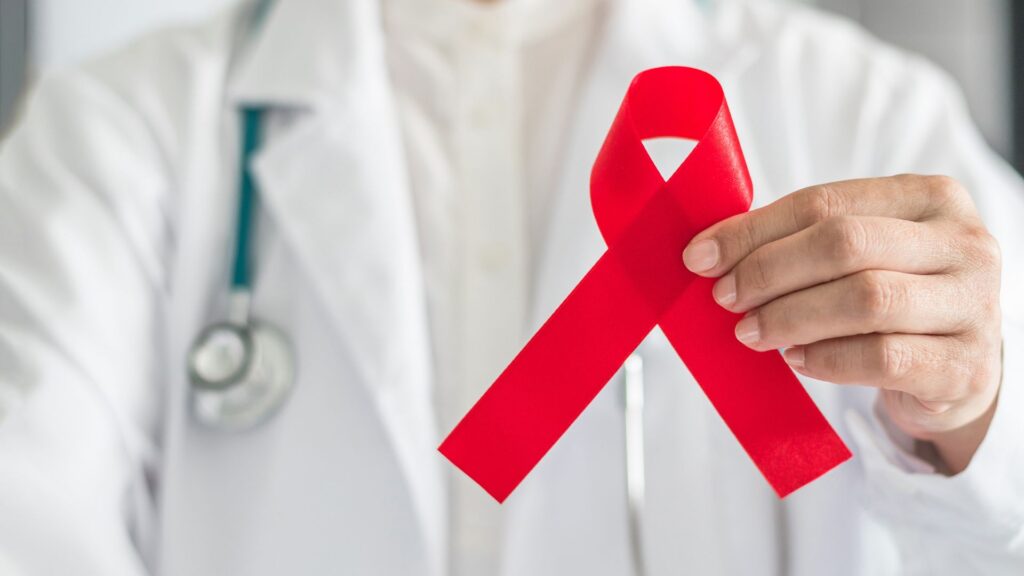What is Lungs Cancer?
Smoking is the number one known risk factor for lungs cancer. Lungs cancer occurs when cells in the lungs become damaged and grow out of control, forming tumours that can make breathing difficult. As the tumour grows, the infected cells can spread to other areas of the body.
It is important to note that people who do not smoke may be at risk of developing lungs cancer due to environmental and family risk factors.
In this article we will review and explain the relationship between smoking and lungs cancer. Why does smoking increase the risk of this disease? You can also get advice on how to reduce the risk and when to consult a doctor.

What are the types of Smoking:
Smoking comes in various forms, each involving the inhalation of tobacco or other substances. Here are some common types of smoking:
Cigarette Smoking:
The most prevalent form, involving the combustion of processed tobacco wrapped in paper.
Cigar Smoking:
Involves smoking cigars, which are larger and often contain a different blend of tobacco compared to cigarettes.
Pipe Smoking:
Utilizes a pipe to smoke loose tobacco, offering a different experience in terms of flavor and aroma.
Hookah Smoking:
Also known as water pipe smoking, it involves smoking flavored tobacco through a water filtration system.
Electronic Cigarette (E-cigarette) Smoking or Vaping:
Involves inhaling vaporized liquid, often containing nicotine, through an electronic device.
Cigarillo Smoking:
Similar to cigars but smaller in size, often containing flavored tobacco.
Smokeless Tobacco Use:
This includes chewing tobacco and snuff, where tobacco is used without combustion.
Each form of smoking poses health risks, with cigarette smoking being the most strongly associated with various diseases, including lungs cancer and respiratory conditions.
Smoking and Lungs Cancer
The link between smoking and lungs cancer is very strong. According to the Centre for Disease Control and Prevention (CDC), smoking accounts for nearly 90 percent of lungs cancer cases in the United States. Increases a person’s risk of developing lungs cancer. For advice and treatment of this disease, consult a cancer doctor. Cancer
A Cigar
Loose tobacco that people smoke from a pipe or water pipe. Tobacco smoke contains more than 7,000 chemicals, many of which are toxic. About 70 chemicals are known as carcinogens, meaning they can cause cancer.
Inhaling these hazardous substances damages the airways in the lungs and the tiny air sacs called alveoli. This damage prevents the lungs from working properly and increases the risk of lungs cancer and other cancers throughout the body. Increases a person’s risk of becoming infected.
Smokeless Tobacco
Some tobacco products are smokeless, including chewing tobacco and snuff, also known as snuff. These products do not produce toxic smoke, but they still expose humans to more than 25 percent of the chemicals that produce them.
Smokeless tobacco products contribute to various cancers, including mouth, oesophagus and pancreatic cancer. Tobacco use also increases the risk of heart disease and stroke.
Damage From Smoking and Lungs Cancer
The toxic mixture of chemicals in tobacco smoke damages delicate lung tissue and causes inflammation:
Alveolar Damage
Smoking destroys the alveoli that carry oxygen, causing permanent damage, meaning this part of the lungs can’t recover. Over time, alveolar damage can lead to emphysema, which causes severe shortness of breath. Forms and can be deadly cancer
Loss of Cilia
Healthy lungs are self-cleaning Chemicals in tobacco damage the fine hair-like cilia that help remove debris from the lungs. Smoking can paralyze and kill these specialized cells, making smokers more susceptible to infection. The risk is high
Inflammation Of the Respiratory Tract
Smoking also causes inflammation of the airways and lungs, causing a person to experience shortness of breath. Cancer becomes more difficult to take
Chemicals that stick to DNA
Chromium, a toxic metal in cigarette smoke, binds to DNA more easily than other toxic chemicals, increasing the chance that a smoker will develop lungs damage and serious health conditions. Will likely be helpful
Symptoms Of Lungs Cancer
If a person is experiencing any of following symptoms of lungs cancer, they should contact a doctor, so you should consult the respective doctor:
Symptoms of Lungs Cancer and When to Consult a Doctor:
Persistent Cough:
- A lingering cough that lasts for an extended period, especially if it worsens over time.
- When to Consult a Doctor: If a persistent cough persists for more than a few weeks or is accompanied by other concerning symptoms.
Coughing up Blood:
- Coughing that includes the expulsion of blood, which may be visible in sputum.
- When to Consult a Doctor: Immediate medical attention is essential if there is coughing up of blood, as it may indicate serious underlying issues.
Chest Pain:
- Unexplained chest pain or discomfort that may be constant or intermittent.
- When to Consult a Doctor: If chest pain is persistent, severe, or accompanied by other alarming symptoms, seeking medical advice is crucial.
Loss of Appetite or Weight Loss:
- Significant reduction in appetite leading to noticeable weight loss.
- When to Consult a Doctor: If there is an unexplained and significant loss of appetite or weight loss over a short period, a medical evaluation is warranted.
Shortness of Breath or Wheezing:
- Difficulty breathing, accompanied by a wheezing sound during inhalation or exhalation.
- When to Consult a Doctor: If shortness of breath is sudden, severe, or persistent, especially if it interferes with daily activities.
Fatigue:
- Unexplained and persistent tiredness or lack of energy.
- When to Consult a Doctor: If fatigue is severe, prolonged, and not alleviated by rest, it may warrant medical investigation.
Recurrent Infections such as Bronchitis and Pneumonia:
- Frequent and recurring respiratory infections, such as bronchitis or pneumonia.
- When to Consult a Doctor: If there is a pattern of recurrent respiratory infections, it could be indicative of an underlying issue and should be discussed with a healthcare professional.
It is important to consult a doctor promptly if any of these symptoms are experienced, as early detection and intervention can significantly impact the outcome of lungs cancer treatment.

Things to Remember:
Smoking is a major risk factor for lungs cancer. People who smoke are 30 times more likely to develop lungs cancer than non-smokers. Environmental factors and a family history of lungs cancer also play a role.
May increase risk of disease It’s never too late to quit smoking, although quitting can cut a person’s risk of lungs cancer in half 10 years later.
In Conclusion,
the link between smoking and lungs cancer is undeniable. Smoking, the primary risk factor for lungs cancer, exposes individuals to a myriad of carcinogens, causing irreversible damage to lungs tissues.
Recognizing symptoms early is crucial for intervention. While non-smokers face risks, quitting smoking significantly reduces the likelihood of lungs cancer, emphasizing the importance of a smoke-free lifestyle.


